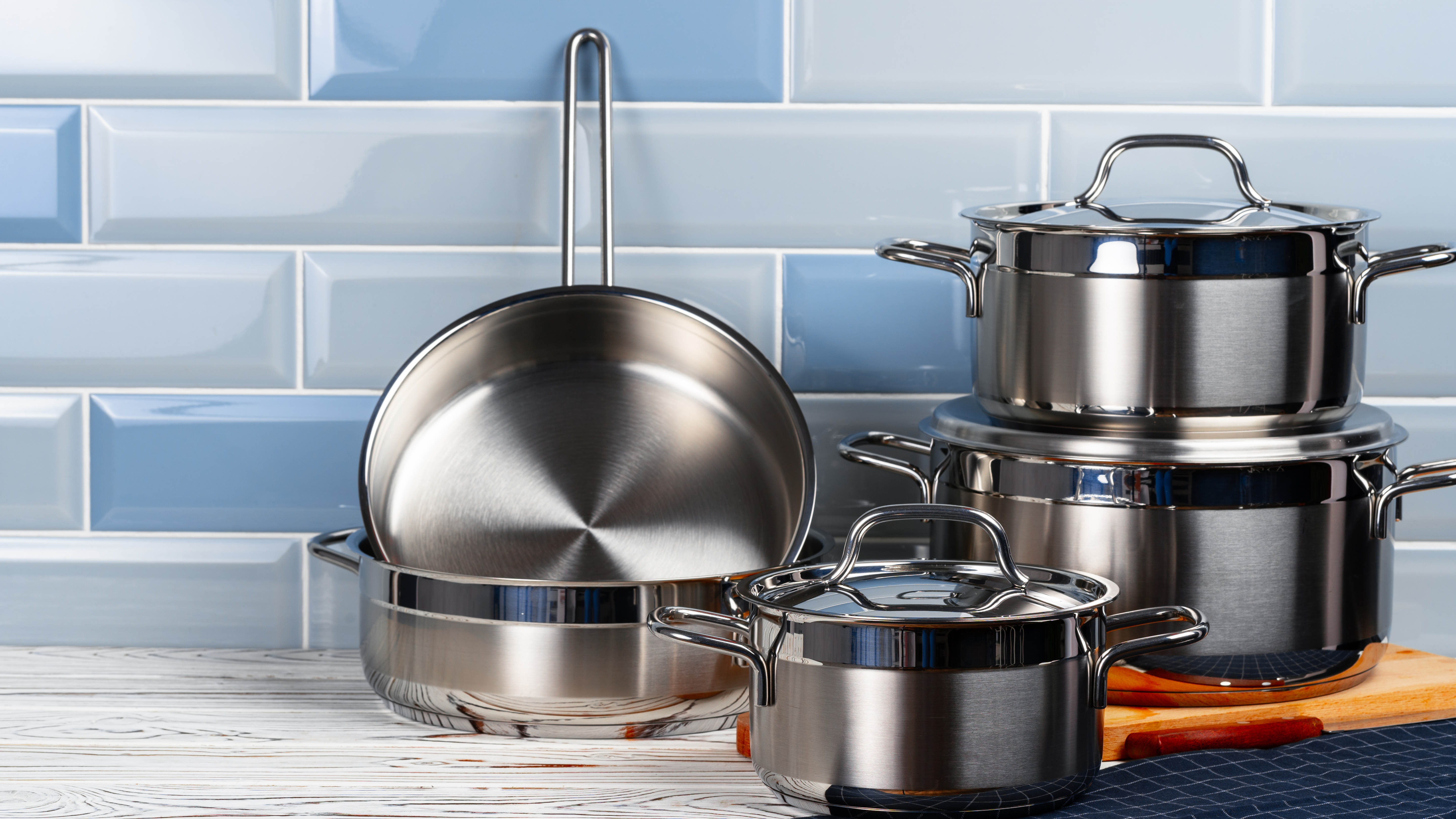
We don’t always treat pots and pans with as much love or care as we should; often we simply assume they’re robust enough to handle any scenario. But with the wrong treatment, you can easily damage the coatings, thereby shortening the lifespan of even the most expensive and sturdy pots and pans.
How to best treat, clean, and use your pots and pans will vary depending on the type you have. The best cast iron skillets for example are a whole different ball game in comparison to pans with more delicate non-stick coatings or even stainless steel saucepans. And being aware of how to get the best from the type you have is crucial.
No matter whether you’re a budding chef, experienced cook, or complete beginner, if you buy the best pots and pans you can afford and treat them well, they will repay you with many years of service. So read on to make sure you don’t succumb to these common mistakes.
For further advice read about the foods you should never cook in a cast iron skillet.
1. Using the dishwasher

Even if you’ve got one of the best dishwashers and your pots and pans claim to be dishwasher-friendly, most will still benefit from being hand washed instead. Dishwashers and dishwasher detergents can be quite aggressive. The motion of the water inside a dishwasher can cause things to move around as they’re washed; in some instances, this agitation can chip or abrade the coatings inside your pots and pans.
To prolong the life of your pots and pans, be as gentle as possible when cleaning, avoid scraping, and try not use harsh abrasive scrubbers to remove stuck-on residues. And for pans like cast iron skillets, you’ll need to limit the amount of dish soap you use, or you risk stripping the seasoning. For more details read how to clean a cast iron skillet.
2. Stacking
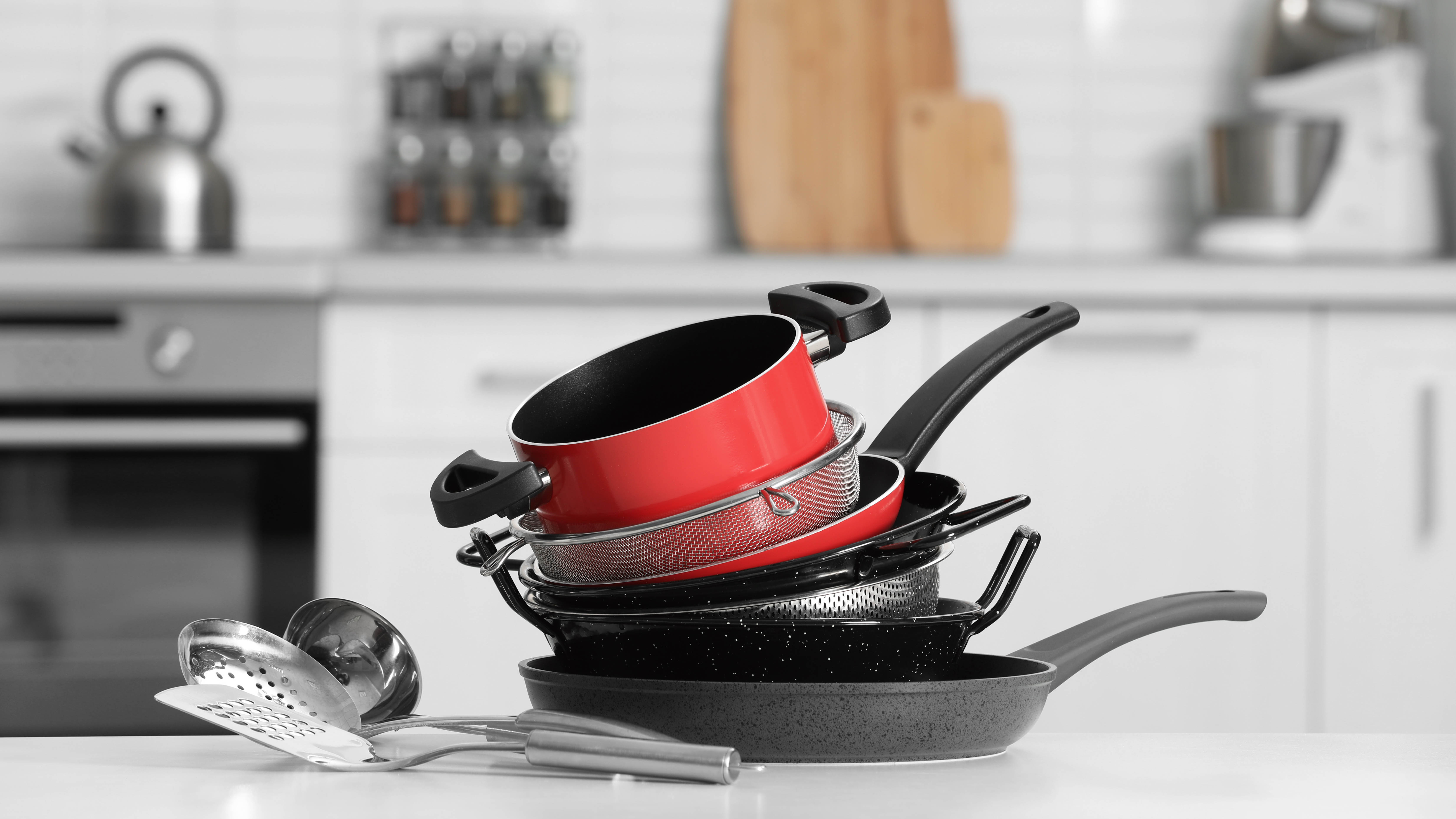
Pots and pans are often sold in stackable sets, designed to minimize the amount of storage space they require. But over time, stacking them will cause scuffs and wear to the internal coatings, reducing the life of your pans.
If you do need to stack them, add protectors like these 12 Pieces Pot Pan Protectors ($10.97, Amazon) between each one to limit the damage. Or simply use paper towels or squares of fabric cut to fit — anything that provides a layer of cushioning and protection to stop them scratching each other. Alternatively, you can avoid stacking altogether if you have space for an organizer, such as the PXRACK Pot and Pan Organizer ($34.99, Amazon), in your kitchen cabinet.
3. Using the wrong utensils
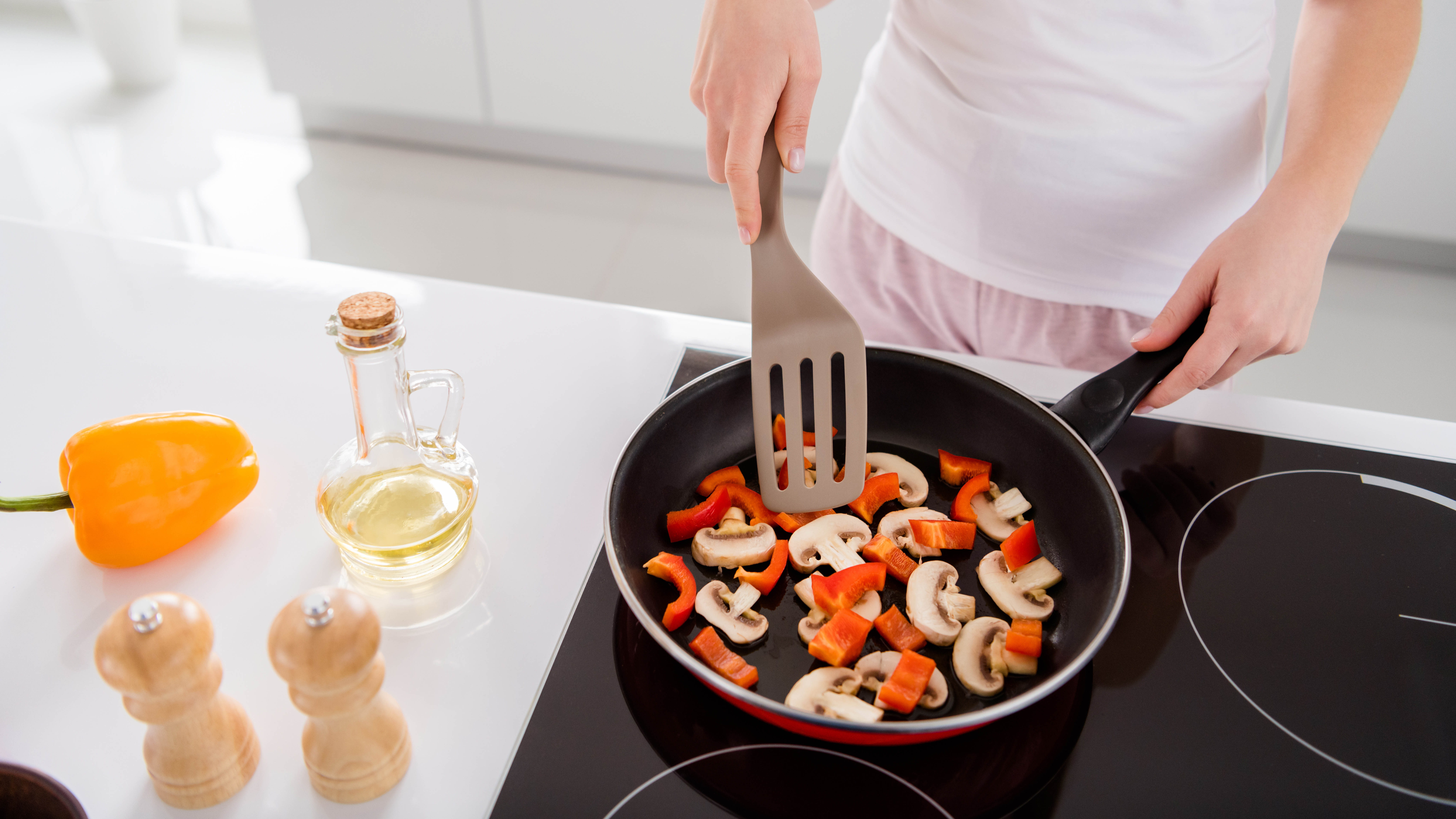
Non-stick and enamel coated pots and pans can be easily damaged by metal utensils. Stick to silicone, wood, or plastic utensils to avoid harming the coating on your pots.
If you really want to be able to use metal utensils, you’re best off with a set of stainless steel saucepans. Stainless steel is a highly durable material that can stand up to the use of metal utensils, but keep in mind, it doesn’t have any non-stick properties.
4. Not using the lid
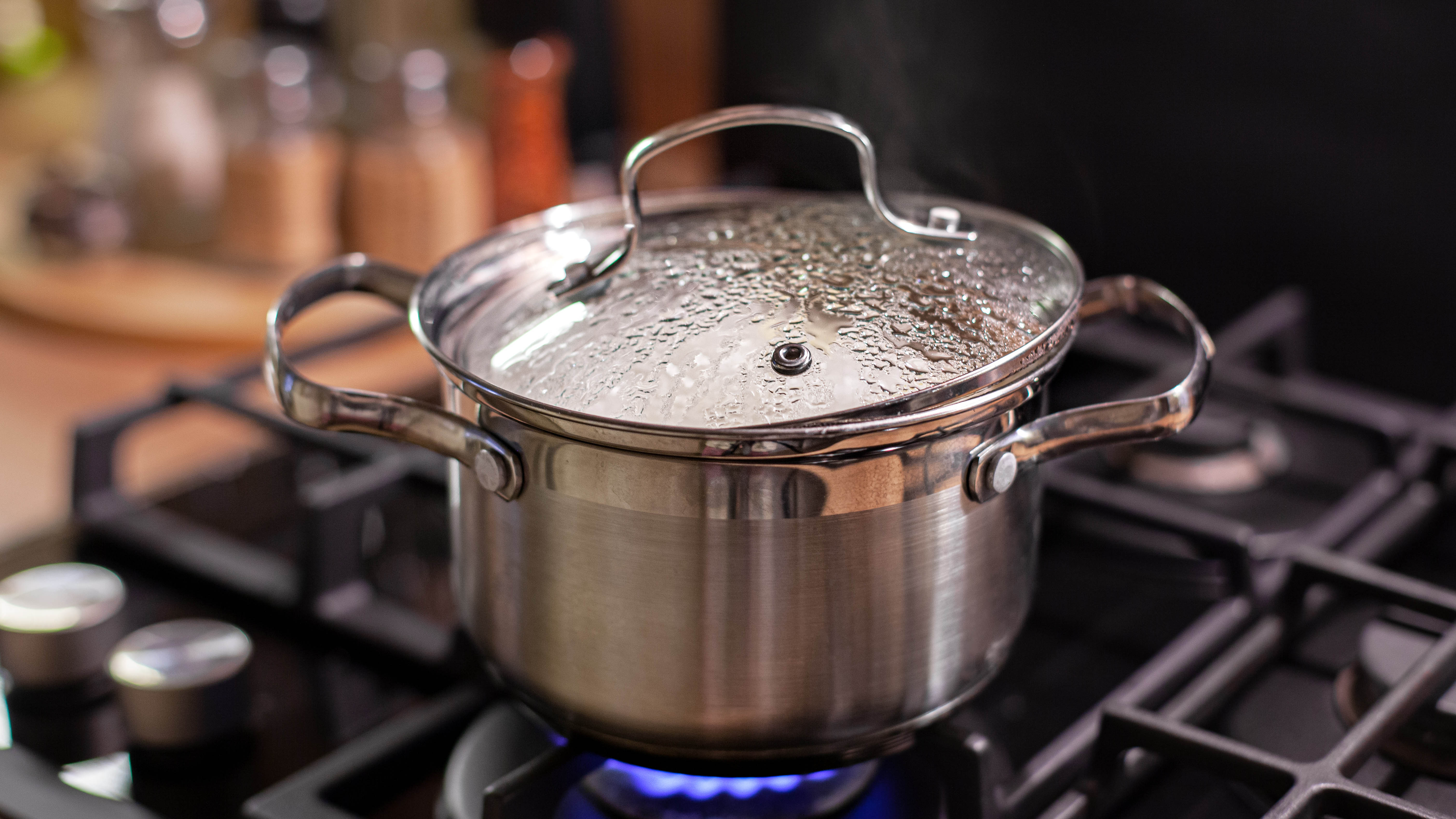
Whether you’re boiling potatoes, pasta, or making a hearty stew, using the lid keeps the heat in and will speed up the cooking of most foods. This means you can turn down the heat level on your cooktop, saving money on gas or electricity. Furthermore, cooking with the lid on will stop your kitchen steaming up and help keep condensation at bay.
If you're struggling with condensation, read our advice on more ways to get rid of condensation on windows.
5. Not replacing them
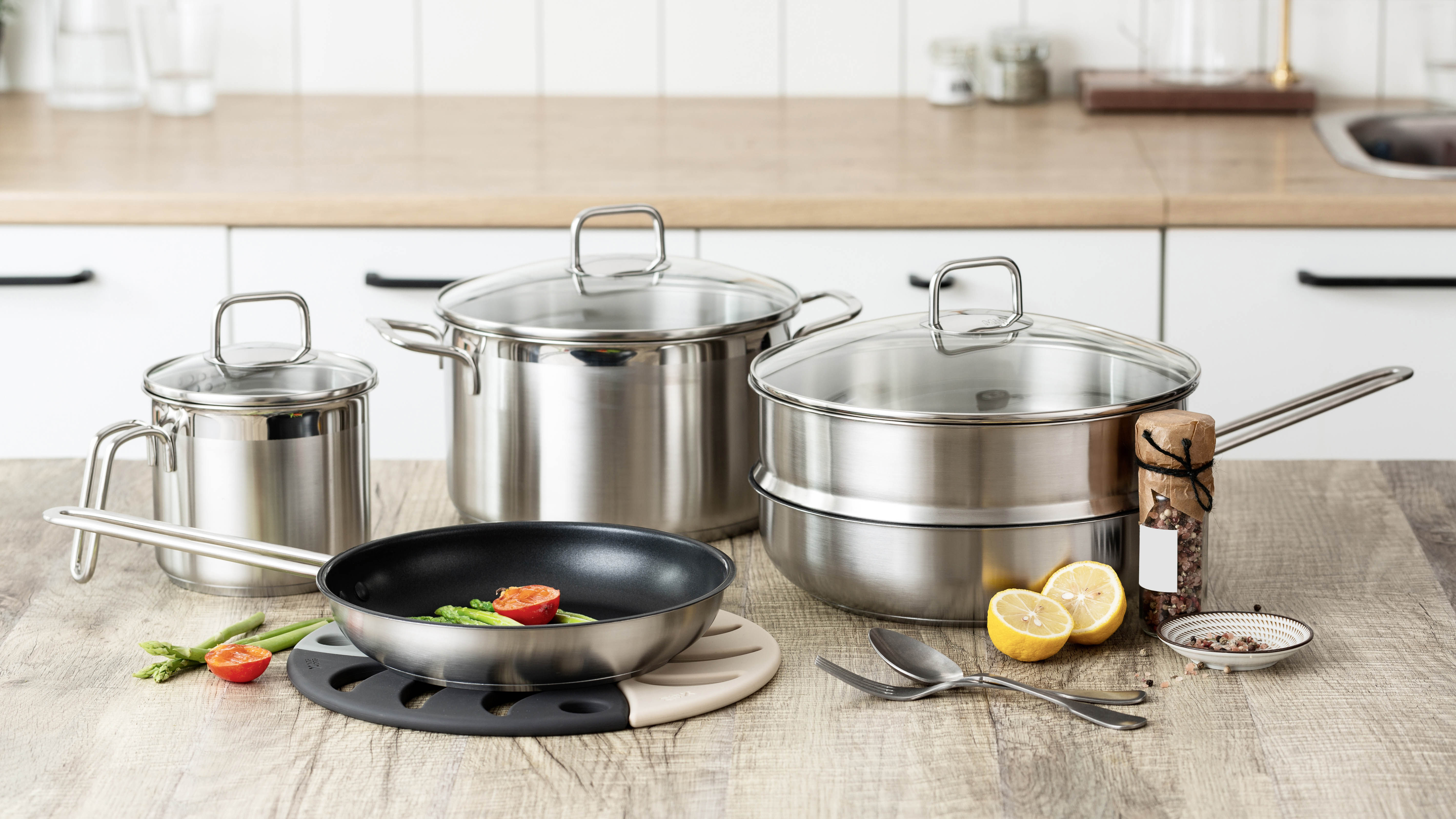
Sometimes not replacing old, worn out pots and pans can be a false economy. If the internal non-stick coatings are no longer doing their job and you end up having to soak your pots for hours to scrape off all the stuck or burnt-on food residues, it’s probably time to invest in new ones.
Likewise, melted handles or warped bases that mean they’re no longer stable on the cooktop, and are both signs that it’s time to ditch and replace them.
6. Not choosing the correct pots and pans for your cooktop
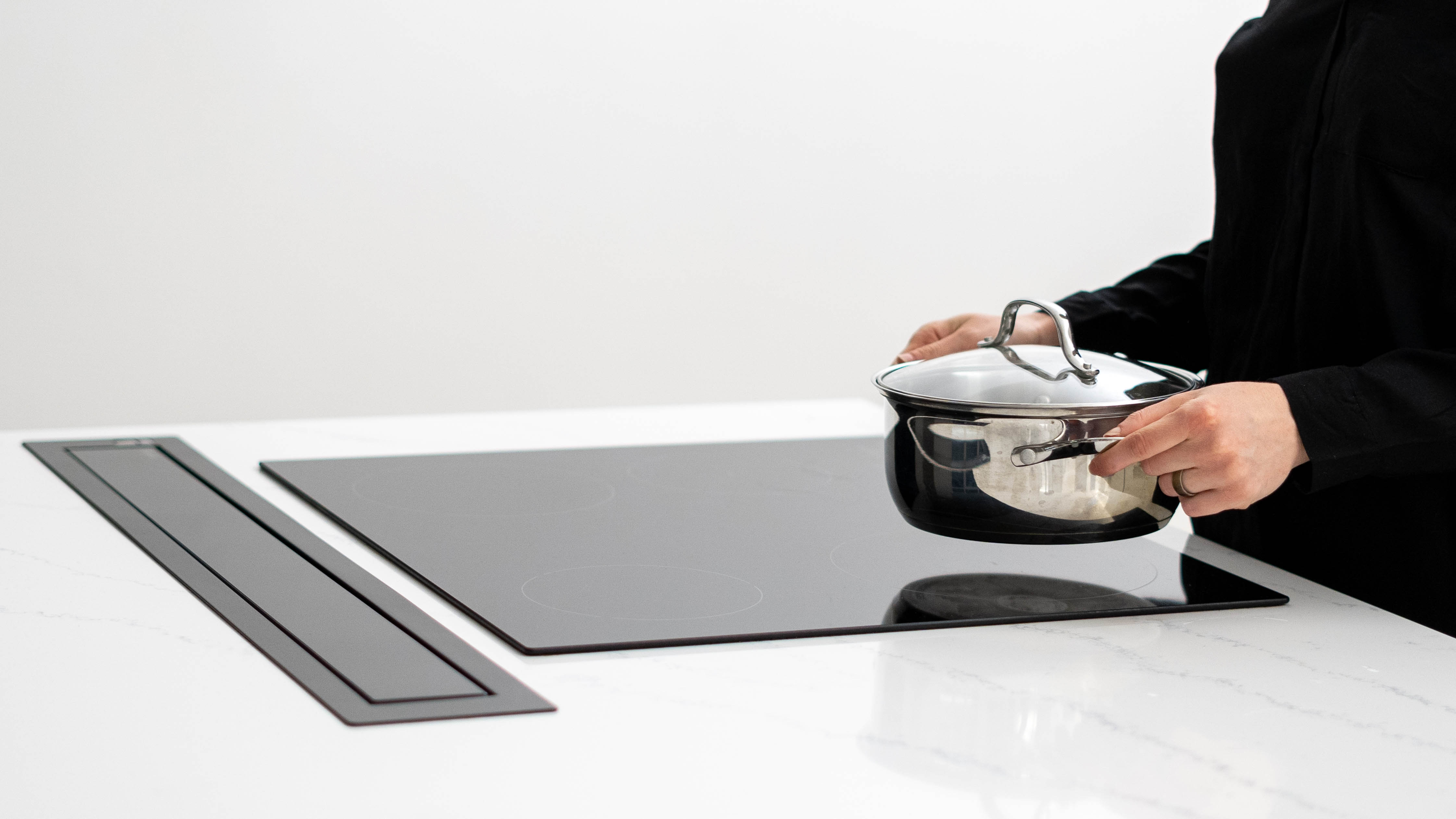
Most pots and pans work well with a gas cooktop, but always make sure they sit securely on the pan supports. Conversely, induction cooktops require compatible pots and pans that are magnetic, otherwise the burner simply won’t heat the pan at all.
If you’ve got any type of glass cooktop, it could be scratched by some of the heavier cast iron pans, so these are best avoided. Or if your cooktop is particularly inefficient and slow to heat up, you might want to avoid very thick, weighty saucepans that also take a long time to heat up.
7. Putting a hot pan in cold water
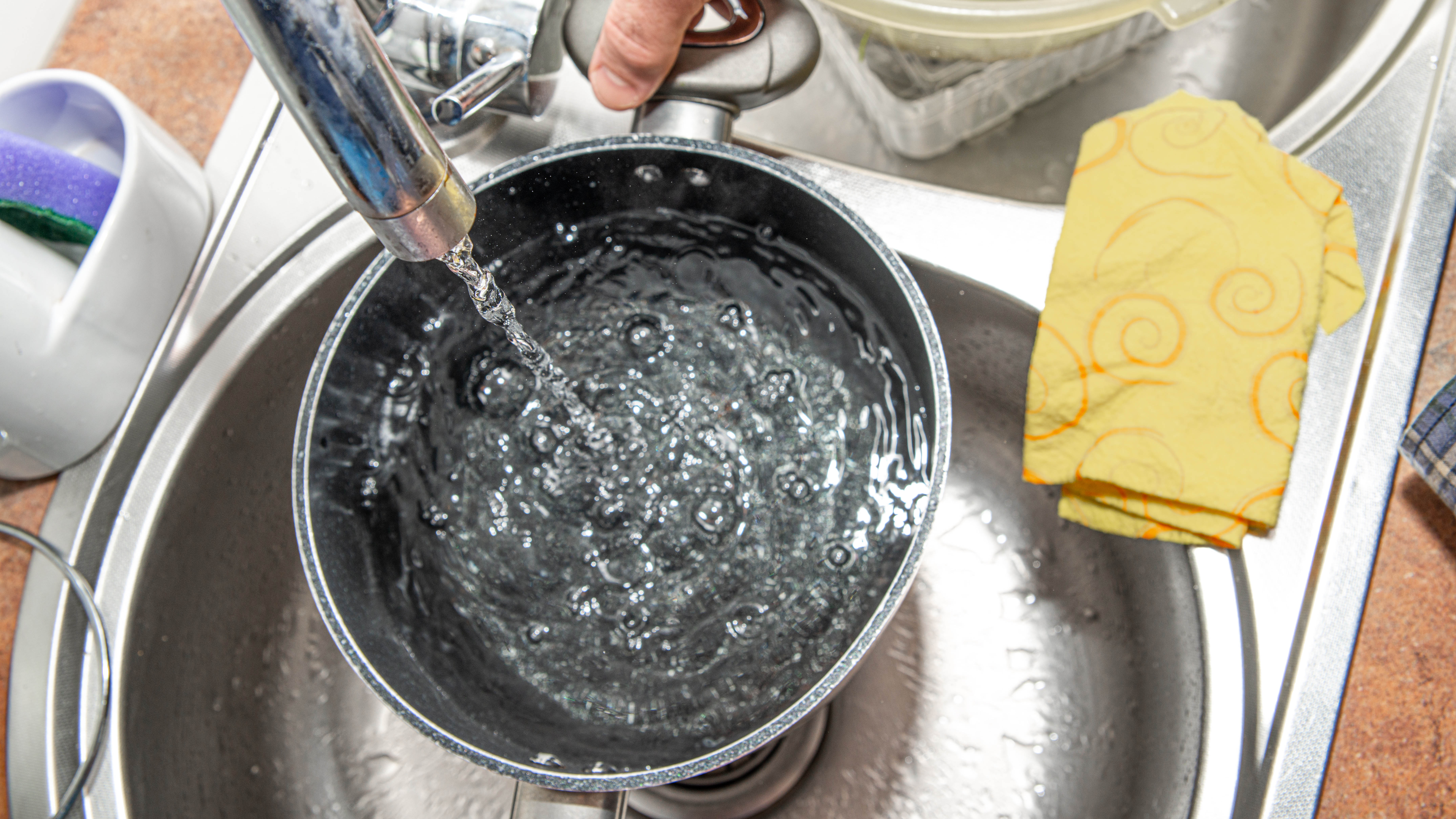
It’s quite common for people to run cold water over a hot pan at the end of cooking, in the belief that cooling hot pans quickly is a good safety practice — to limit accidental burns in the kitchen. And yes, there’s plenty of logic to this. But, when it comes to looking after your pans, this is a no-no. The sudden and extreme change in temperature can cause thermal shock, which in some instances can warp or even crack the pan.







